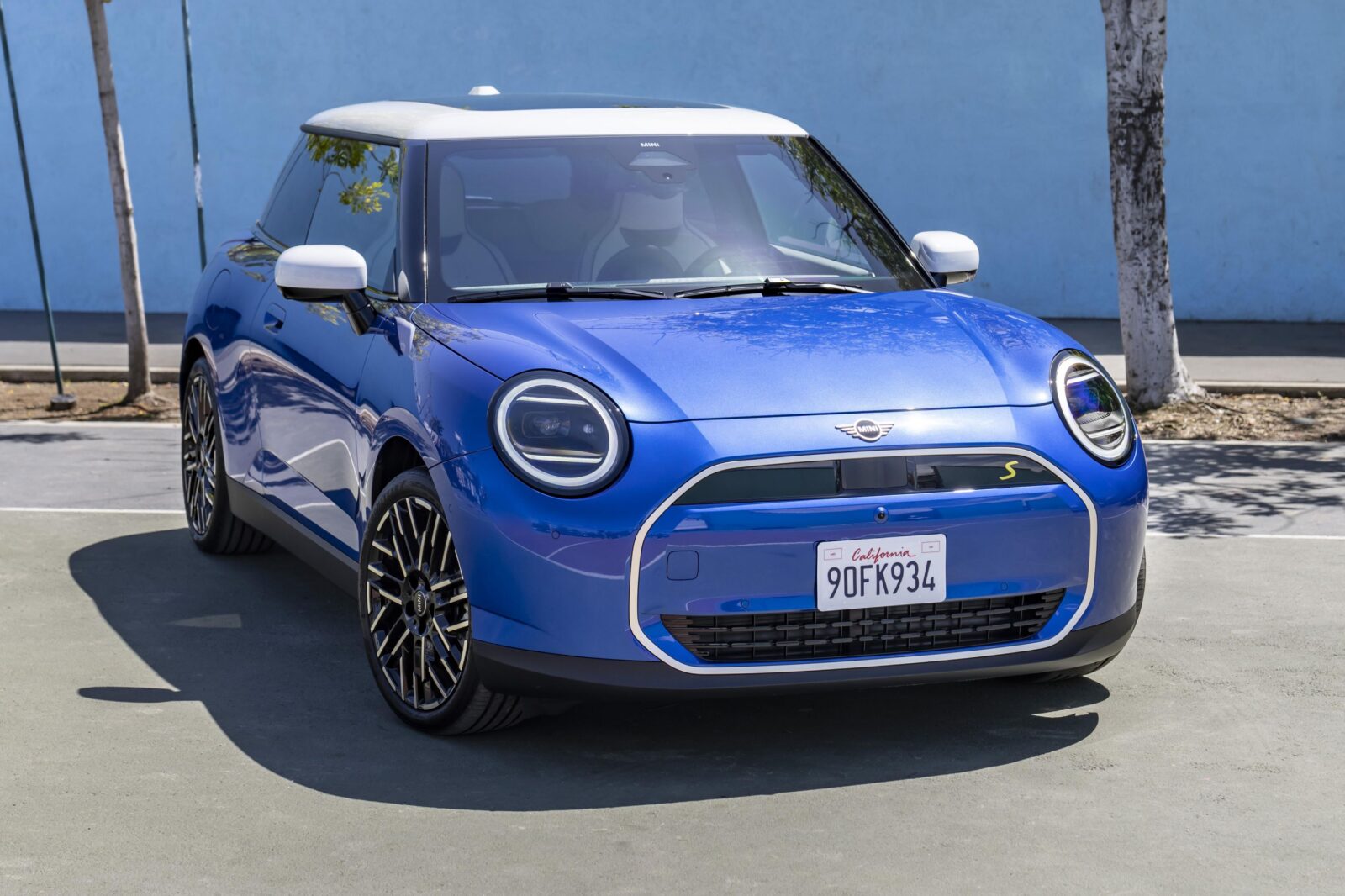Navigating the car insurance landscape in the United States can be tricky, especially for foreigners. Whether you’re planning a road trip, temporarily residing in the U.S., or even considering purchasing a vehicle, understanding the insurance requirements and options available is crucial. This guide provides a comprehensive overview of car insurance in the USA for foreigners, covering everything from basic requirements to finding the right policy for your specific needs.
Do You Need Car Insurance in the USA?
The short answer is yes. Almost every state in the U.S. requires drivers to have a minimum level of car insurance to operate a vehicle legally. The specific requirements vary by state, but generally include liability coverage to protect others in case you cause an accident. As a foreigner, your insurance needs will depend on whether you are renting a car, borrowing one, buying one, or using a car-sharing service.
Insurance Options Based on Your Situation

The type of car insurance you need will largely depend on your circumstances:
Renting a Car: Rental car companies offer insurance coverage, typically including a Loss Damage Waiver (LDW) or Collision Damage Waiver (CDW), liability coverage, and supplemental liability protection. Purchasing insurance from the rental company is a convenient option, although it can sometimes be more expensive than other alternatives. Consider short-term insurance from a third-party provider as an alternative.
Borrowing a Car: Many personal car insurance policies in the U.S. extend coverage to anyone driving the car with the owner’s permission. However, the extent of coverage and the duration for which you’re covered can vary. If you plan to borrow a car for an extended period, the car’s owner might need to add you to their policy temporarily. Always check with the insurance provider to confirm coverage details.
Buying a Car: If you purchase a car in the U.S., you’ll need to register it, and proof of insurance is usually required for registration. You can obtain a traditional car insurance policy, which you can later cancel without fees, or explore temporary insurance options to cover the registration period. Some states even offer temporary vehicle registrations.
Using Car-Sharing Services: Car-sharing services like Zipcar typically include insurance coverage in their rental fees, meaning you likely won’t need to obtain additional insurance. Verify the coverage details with the specific car-sharing service before driving.
Types of Car Insurance Coverage

Understanding the different types of coverage is essential for choosing the right car insurance policy:
- Liability Coverage: This is the most common type of coverage required by states. It includes:
- Bodily Injury Liability: Covers medical expenses, legal fees, and funeral costs if you injure someone in an at-fault accident.
- Property Damage Liability: Covers damages to someone else’s property, such as their vehicle, building, or fence, if you are at fault.
- Personal Injury Protection (PIP): Covers your medical expenses and those of your passengers, regardless of who is at fault in an accident. PIP may also cover lost income.
- Uninsured/Underinsured Motorist Coverage: Protects you if you’re hit by a driver who has little or no insurance. It covers your medical expenses, vehicle damage, and other costs.
- Comprehensive Coverage: Covers damages to your vehicle from non-collision events, such as theft, vandalism, fire, flooding, or animal damage.
- Collision Coverage: Pays for damages to your vehicle resulting from a collision, regardless of who is at fault.
- Medical Payments Coverage: Helps pay for your medical costs resulting from a car accident, regardless of fault.
- Umbrella Policy: Provides additional liability coverage beyond the limits of your standard car insurance policy.
State-Specific Insurance Requirements

Car insurance requirements vary significantly from state to state. For example, Florida mandates Personal Injury Protection (PIP) and Property Damage Liability, while New York requires more extensive coverage. To determine the specific requirements for the states you’ll be driving in, consult the Department of Motor Vehicles (DMV) website for each state.
Tips for Foreigners Applying for Car Insurance
Applying for car insurance as a foreigner can present unique challenges. Here are some tips to help you navigate the process:
- Driver’s License and International Driving Permit (IDP): Some states accept a valid foreign driver’s license, while others require an International Driving Permit (IDP). An IDP translates your driver’s license information into multiple languages and is valid for one year. Check with the DMV of each state you plan to drive in to determine their specific requirements.
- Address: Car insurance applications typically require a U.S. address. If you’re traveling or staying at campgrounds, you can use a PO box or a mail forwarding service that provides a street address. Some RV clubs also offer mail services. It’s essential to be transparent with your insurer about your address to avoid invalidating your policy.
- Compare Quotes: Obtain quotes from multiple insurance providers to find the best rates and coverage options. Online comparison tools can simplify this process.
- Eligibility Requirements: To obtain a policy from an insurance provider (rather than a rental company), you’ll need to meet specific eligibility requirements, such as having a valid driver’s license and, in some cases, an International Driving Permit.
Understanding Short-Term Car Insurance Options
While traditional insurers typically offer policies with minimum terms of 30 days to six months, several alternatives provide short-term coverage for those needing car insurance for a week or less:
- Buying a Standard Policy and Canceling: You can purchase a standard policy and cancel it after a week. However, be aware of potential cancellation fees and ensure you receive written confirmation of your cancellation to avoid disputes.
- Temporary Non-Owner Car Insurance: This type of insurance provides liability coverage when driving a vehicle you don’t own. It’s a cost-effective option for infrequent drivers and can be cheaper than standard weekly coverage.
- Adding Yourself to an Existing Policy: If you’re borrowing a car from a friend or family member with whom you share the same address, you can ask to be temporarily added to their policy.
One-Week Car Insurance: Is It a Myth?

While many advertisements may tout “one-week car insurance,” it’s essential to be cautious. Standalone one-week policies are rare due to state regulations and administrative costs. Ads offering such policies may be scams. Instead, focus on the short-term alternatives mentioned above, such as purchasing a standard policy and canceling or opting for non-owner car insurance.
Potential Drawbacks of Short-Term Coverage
Short-term car insurance options, while convenient, come with potential drawbacks:
- Higher Costs: Short-term coverage often has higher daily rates compared to long-term policies.
- Limited Financial Protection: Some short-term policies may have limitations, such as high deductibles or only offering the minimum coverage required by the state.
- Coverage Gaps: Allowing a policy to expire without renewal can lead to coverage gaps, potentially resulting in higher insurance rates in the future.
- Risk of Scams: The limited availability of legitimate short-term options can create opportunities for scammers. Be wary of companies without physical addresses, high-pressure sales tactics, or rates significantly below market prices.
Staying Safe on the Road
Regardless of your insurance coverage, safe driving practices are crucial. Remember to:
- Drive on the Right: In the U.S., drivers must drive on the right side of the road.
- Wear Seatbelts: Most states require front-seat passengers to wear seatbelts, and some require all occupants to do so.
- Use Child Safety Seats: Ensure children are properly secured in appropriate child safety seats.
- Avoid Drinking and Driving: U.S. police officers strictly enforce drunk driving laws.
- Watch for Red Light Cameras: Many intersections are equipped with red light cameras.
- Understand Four-Way Stops: At four-way stops, the car that arrives first has the right-of-way. If two cars arrive simultaneously, the driver on the right has the right-of-way.
- Right Turns on Red: In many states, you can turn right on a red light after stopping and yielding to traffic, unless a sign prohibits it.
Conclusion
Securing car insurance in the USA as a foreigner requires careful planning and research. Understanding the different insurance options, state-specific requirements, and potential pitfalls of short-term coverage is essential. By following this guide and comparing quotes from multiple providers, you can find the right policy to protect yourself and others while enjoying your time on the road in the United States.





Leave a Reply